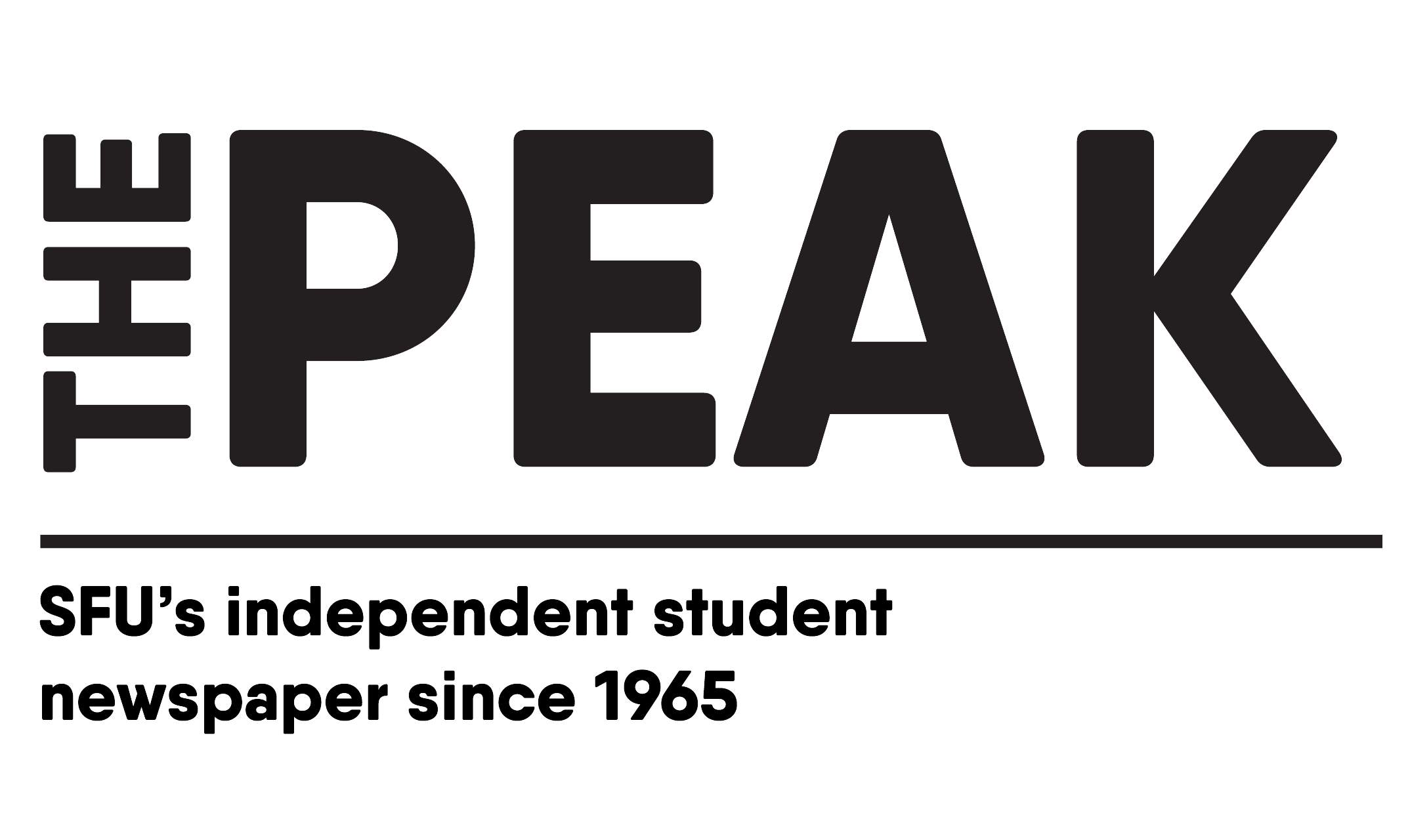By Eva Zhu
In preschool you were probably taught about how there are boys and girls and . . . well, that’s usually all you get. Broadening our understanding of identity, gender, and sexuality is just as much a part of growing up and bettering our understanding of the world and the people around us as discovering that Santa isn’t real. The thing is, you rarely get a formal education on the matter. If you need some help with gender pronouns, fear not! Here’s a crash course on them, featuring some commonly asked questions.
Q: What is a pronoun?
A: A pronoun is a word that functions on its own as a noun and refers to somebody else. The most common pronouns are he, she, and they. Some less common ones include ze/zie, ve, xe, and per.
So while we tend to think of personal pronouns as he/him/his or she/her/hers, there are many more.
Q: Why are pronouns so important?
A: Aside from the fact that we use pronouns in everyday conversations, pronouns are often gendered and so they tell us something about somebody’s identity. Being misgendered can make anyone feel disrespected, invalidated, dismissed, and/or dysphoric; trans and genderqueer folks have an especially long history of misgendering being used to oppress and disrespect. Trans Student Educational Resources highlights that ‘preferred pronouns’ aren’t actually preferred at all. They are simply pronouns that are not optional and to which there is no alternative if you want to use the right language.
Gender pronouns are crucial for the validation of a person’s identity. It takes barely any effort on your part to call someone by their appropriate pronouns, but it will make them feel like a million bucks.
Q: So how do I tell what pronoun a person uses?
A: You can’t tell what pronoun a person uses just by looking at them. Sex, gender, and sexuality are separate parts of being a human. Since you can’t be in another person’s shoes, you have no way or right to police their gender identity or its validity.
I identify as genderqueer. This means that I don’t identify as being solely male or female, but more of a mix of the two. Genderqueer people can also identify as both male and female or neither male nor female. Usually, the gender-neutral pronoun they is used to refer to genderqueer people, but personally, I still use she.
This doesn’t mean I am invalidating myself or that I identify with being a female more, I just don’t really care what someone uses to refer to me. But there are definitely people who have specific preferred pronouns that represent their identity best, and that has to be respected. Long story short? Ask.
Q: How do you go about asking someone for their pronoun(s) while still being polite?
A: I asked the lovely folks at Out On Campus for advice on how to approach someone and they suggest feeling out the situation.
Some people are perfectly fine with you politely asking, “Is it OK if I ask you your preferred pronouns?” while others might feel singled out, so make sure to ask if it’s okay to ask.
You can help someone feel safer while disclosing their pronouns by adding “Hi, I’m ___ and I use __/__ pronouns” when introducing yourself.
In a group setting, you can make asking for pronouns an optional part of the icebreaker/introduction. This way, no one is singled out.
Q: What are some effective ways to remember pronouns?
A: Personally, I remember a person’s pronouns by associating it with their face. Thus, when I am talking about them, I remember their pronoun by what they look like.
The Out On Campus staff finds that writing it down somewhere safe (like your cell phone) is an effective way of remembering. You can refer to your notes if you do forget.
Lastly, if you’re racking your brain trying to remember but come up short, just call the person by their name, because a pronoun is just a replacement for it anyways. The important thing is to be mindful when you’re speaking to someone. You’re not referring to someone by their preferred pronoun as a chore, but because you respect them as a human being.
Q: What do I do if I misgender someone?
A: The Out on Campus staff assure us not to panic, it happens every now and then. Simply correct yourself, and try not to misgender them again. An example of this would be “Sam and I went to Guadalupe and I went with her — sorry, them — to get tacos.”
If someone corrects you themselves, make sure to take note so it doesn’t happen again. Misgendering a few times while you’re still getting used to a person’s new pronouns is quite alright, but if it’s several months down the line and you’re still constantly misgendering them, then it may seem like you don’t care or that you feel as if the person isn’t worth shifting your language for or worth respecting.
DO NOT, under any circumstances, complain about how hard it is for you to remember a person’s preferred pronouns. Sure, you may have a hard time remembering to use the correct pronoun, but gender diverse people have a hard time just living their daily life. Being addressed correctly does a lot to help them feel more valid and respected.
I hope that this crash course was informative and has helped you be a little more aware of the gender diverse people around you. Remember that by using someone’s pronouns, you acknowledge their gender identity and are actively doing your part in respecting them.




